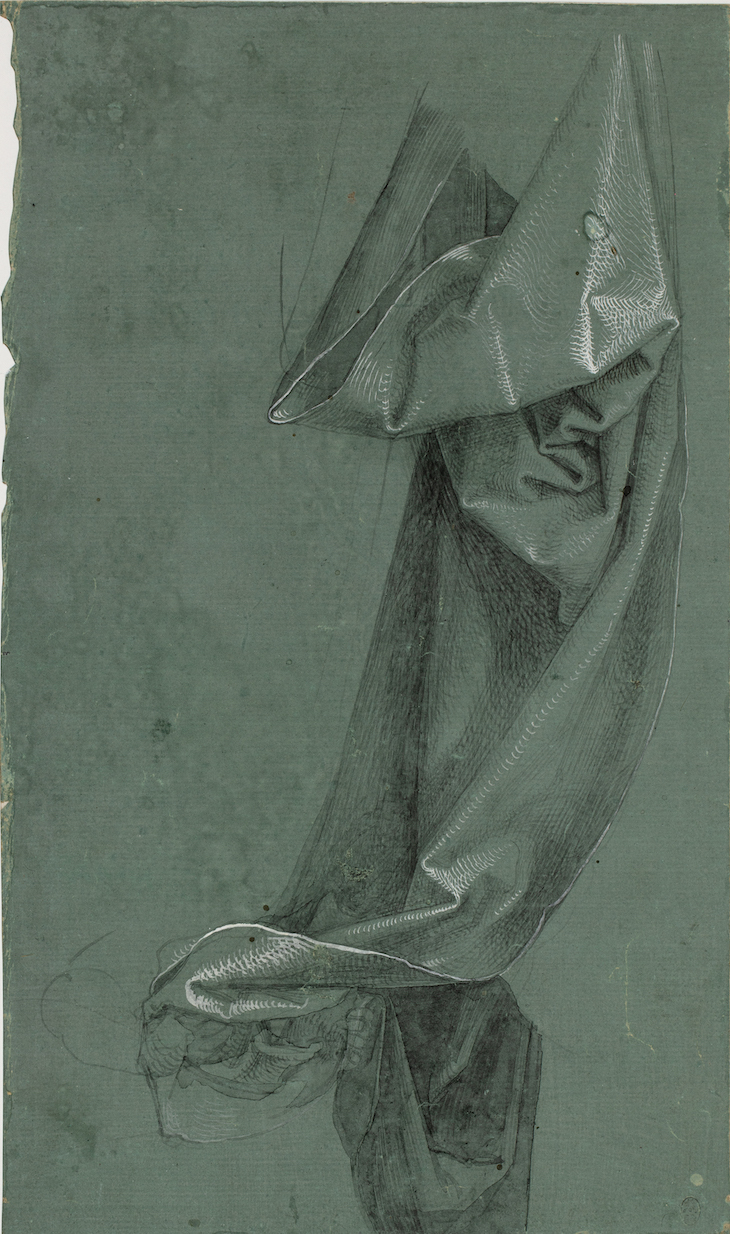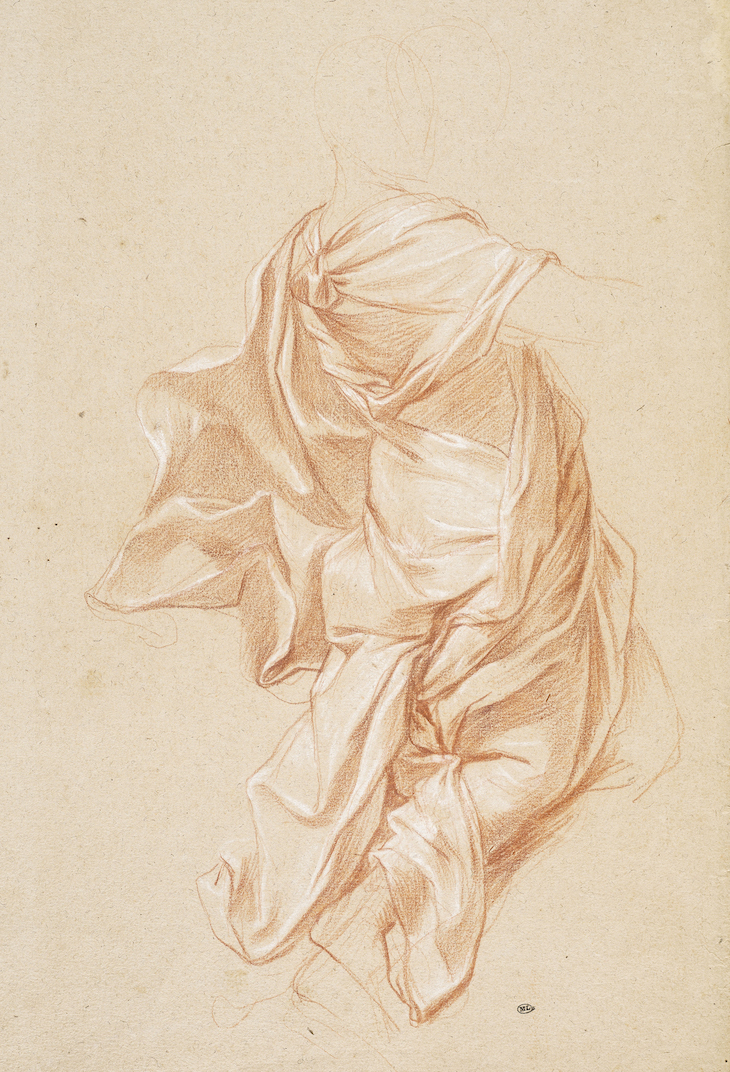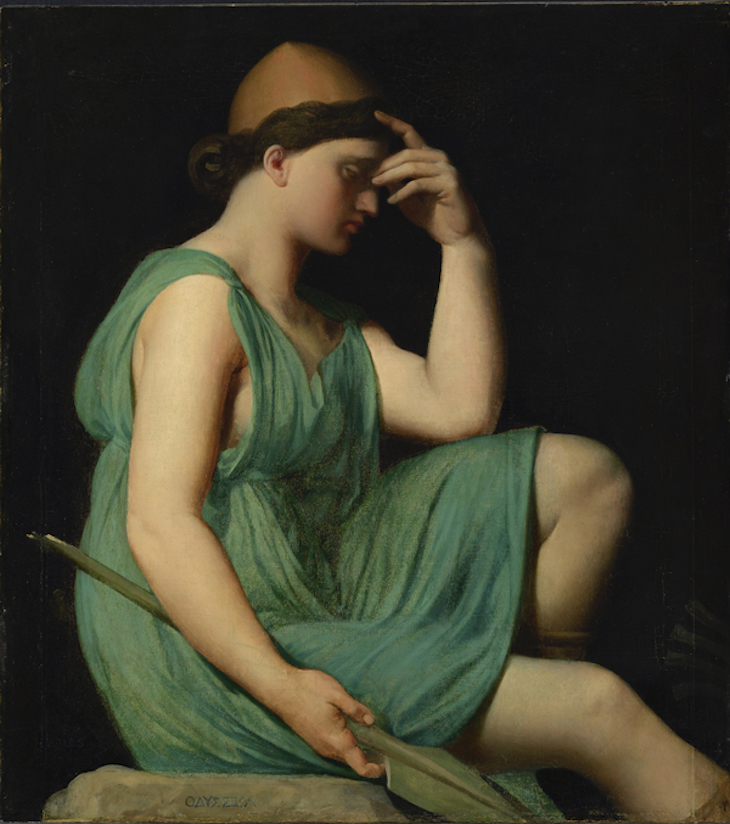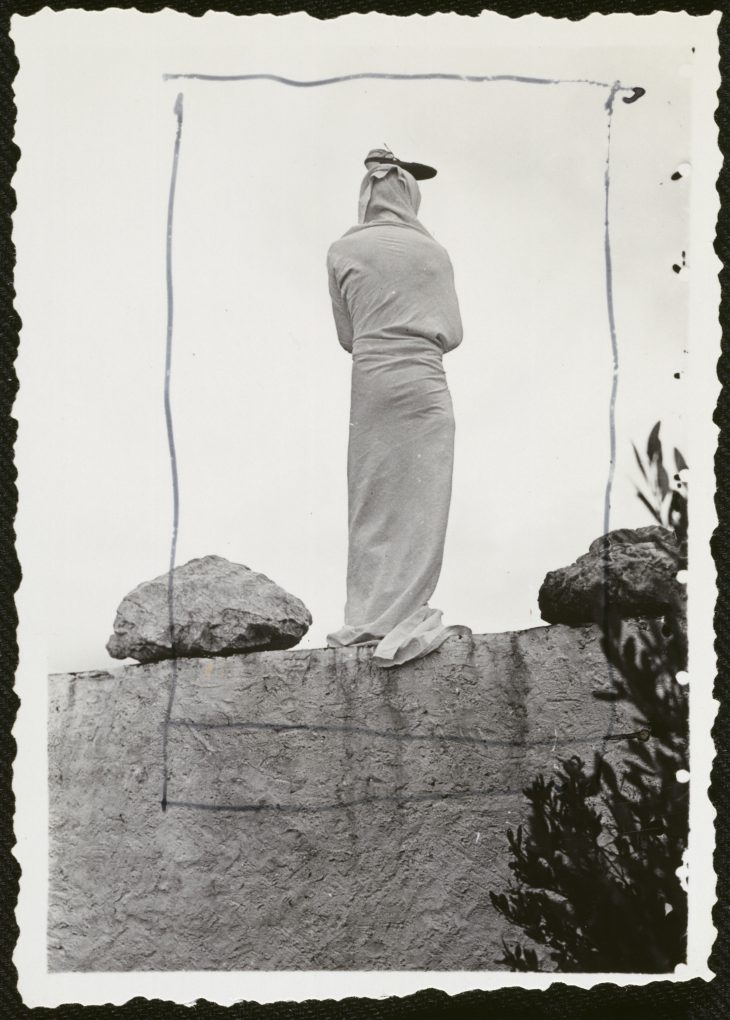Degas, Christo, Michelangelo, Rodin, Man Ray, Dürer…
From the Renaissance to the present, the study of fabrics has engaged artists of all kinds. This display looks at how painters, sculptors and photographers through the ages have depicted the intricate folds of drapery, delighted in the way that fabrics can at once conceal and reveal the human form, and considered the social implications of clothing. Find out more from the Musée des Beaux-Arts de Lyon’s website.
Preview the exhibition below | View Apollo’s Art Diary here

Drapery (1528), Albrecht Dürer. Photo: Martial Couderette; © Lyon MBA
Albrecht Dürer’s exceptional study of hanging drapery, in the collection of the Musée des Beaux-Arts in Lyon, is at the heart of this exhibition. A preparatory work for a now-lost retable in the Dominican church of Frankfurt, this India-ink drawing depicts the folds of the Virgin Mary’s cloak; with its sharp contrasts of light and shadow it evinces the clinical precision characteristic of the German Renaissance, while the softened outlines betray the influence of the Venetian style Dürer had been exposed to during the 1490s.

Drapery for a standing woman (c. 1630–50), Charles Le Brun. Photo: © RMN-Grand Palais (musée du Louvre)/Tony Querrec
Court painter of Louis XIV, Charles Le Brun was instrumental to the establishment of the French Royal Academy of Painting and Sculpture in 1648. Under his aegis, the meticulous practice of drawing figure studies – first nude and then draped – for larger projects was formalised, and would remain standard art instruction for centuries. The myriad surviving drawings like this one prove that he practiced what he preached.

The Odyssey (1850), Jean-Auguste-Dominique Ingres. Photo: Alain Basset; © Lyon MBA
Deeply influenced by the academic principles of Charles Le Brun, Jean-Baptiste-Dominic Ingres became the preeminent neoclassical painter of the 19th century. A characteristic approach was to render fabric with great precision, while softening the depiction of flesh and facial features, enforcing a sense of tension between idealised classicism and reality.

Wrapped Statue (1963), Christo and Jean-Claude Photo: © Archivio Storico Istituto Luce – Cinecittà S.r.l.
In the early 1960s, Christo and Jean-Claude began to construct ‘wrapped’ sculptures. The technique would eventually lead to the famous Wrapped Reichstag of 1991 – but the artist duo began with everyday objects, from chairs and telephones to cars and motorcycles, enveloped in a variety of fabrics that could either distort or emphasise the viewer’s sense of the objects’ underlying shape. Perhaps nowhere is this effect more apparent than in their complementary series of Wrapped Women and Wrapped Statues. The former take on the appearance of rigid monuments, while the latter – an example of which is pictured here – come to seem like living organisms.











![Masterpiece [Re]discovery 2022. Photo: Ben Fisher Photography, courtesy of Masterpiece London](http://www.apollo-magazine.com/wp-content/uploads/2022/07/MPL2022_4263.jpg)
It’s time for the government of London to return to its rightful home